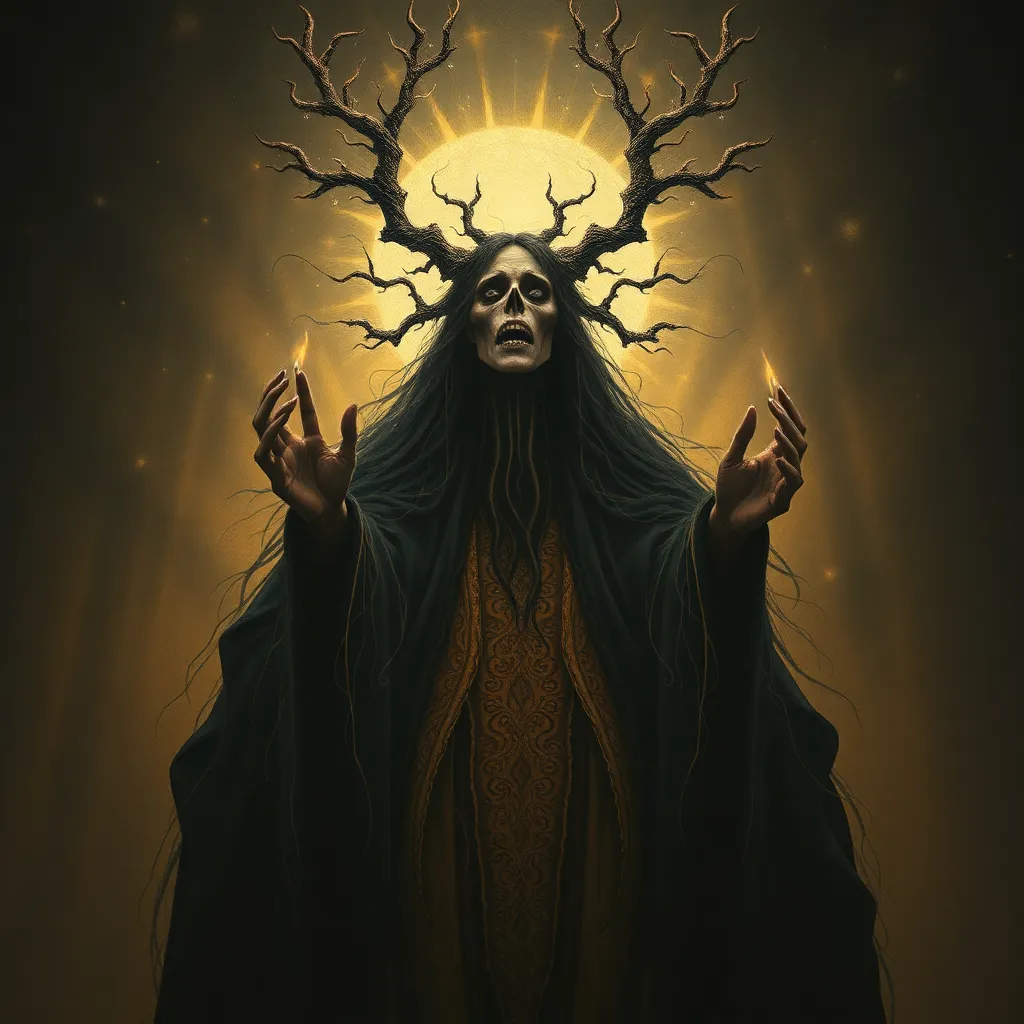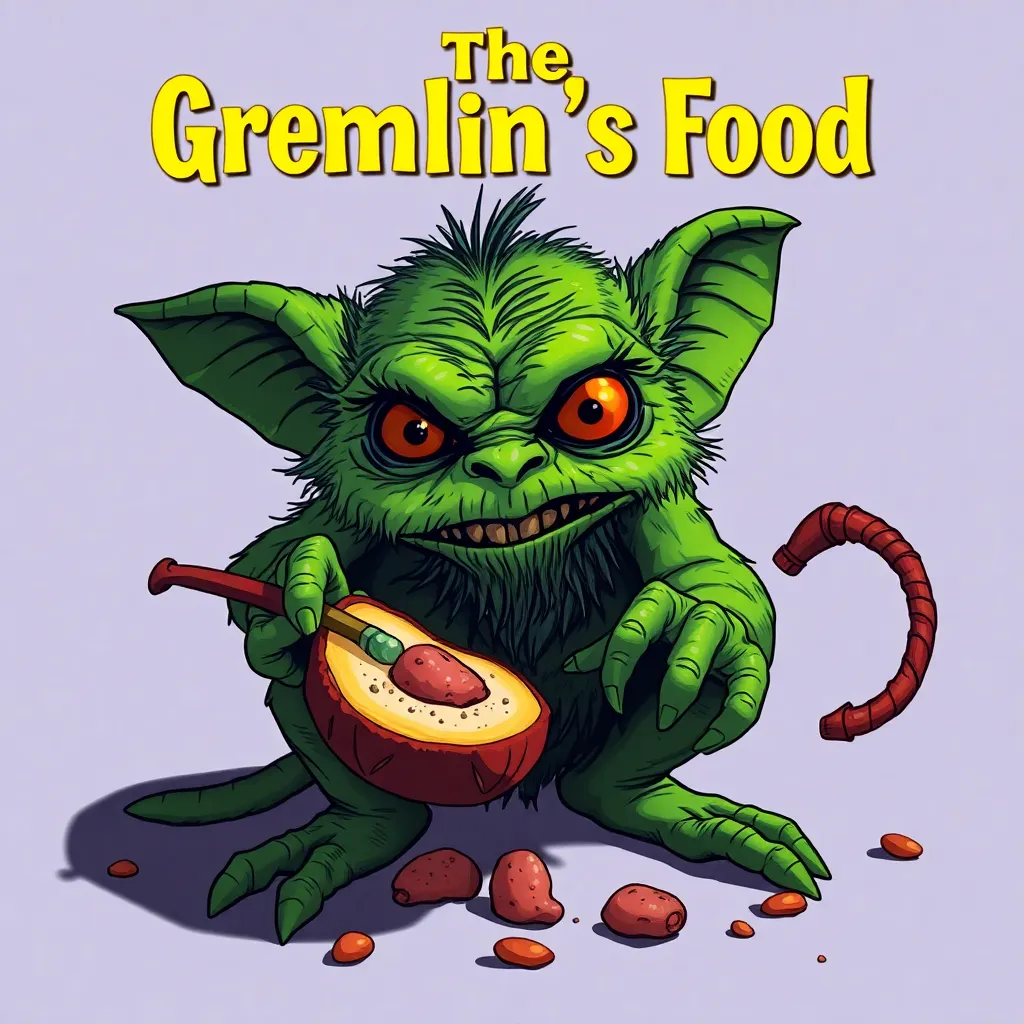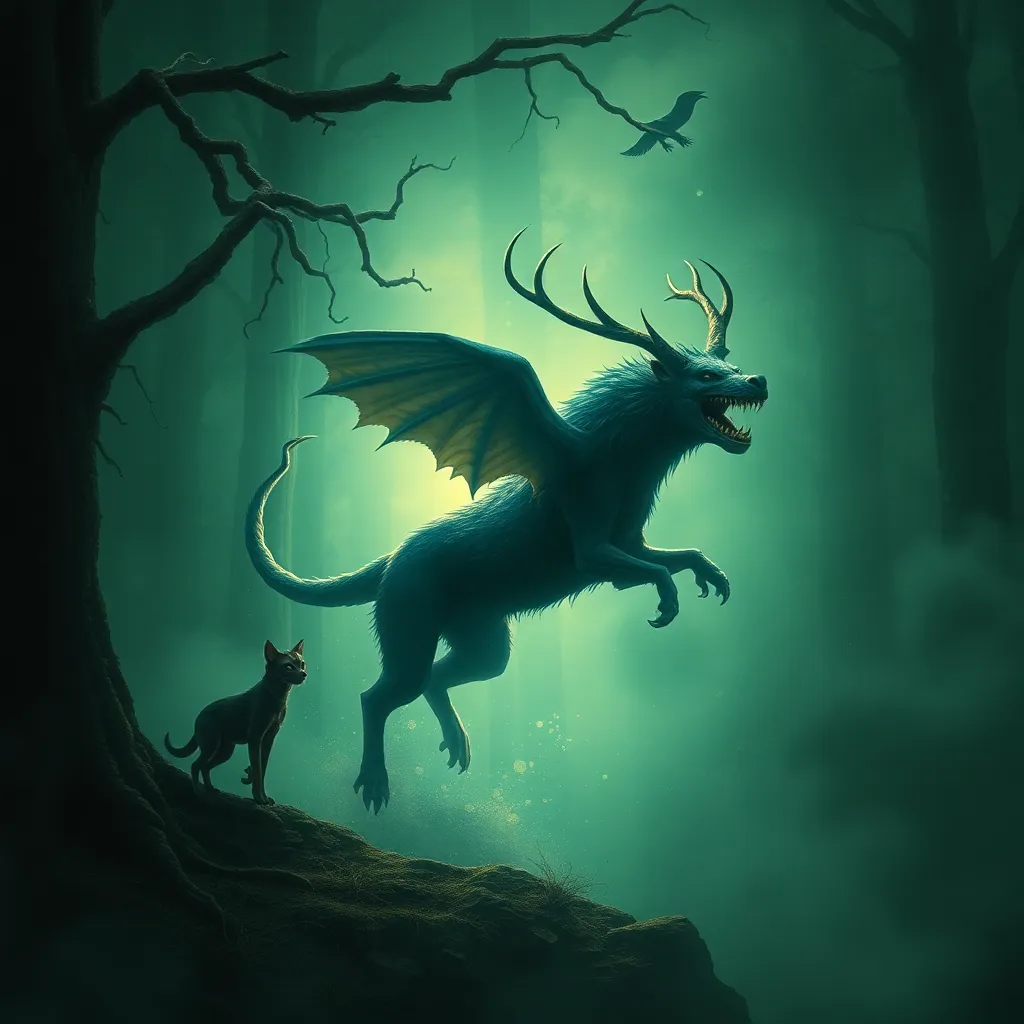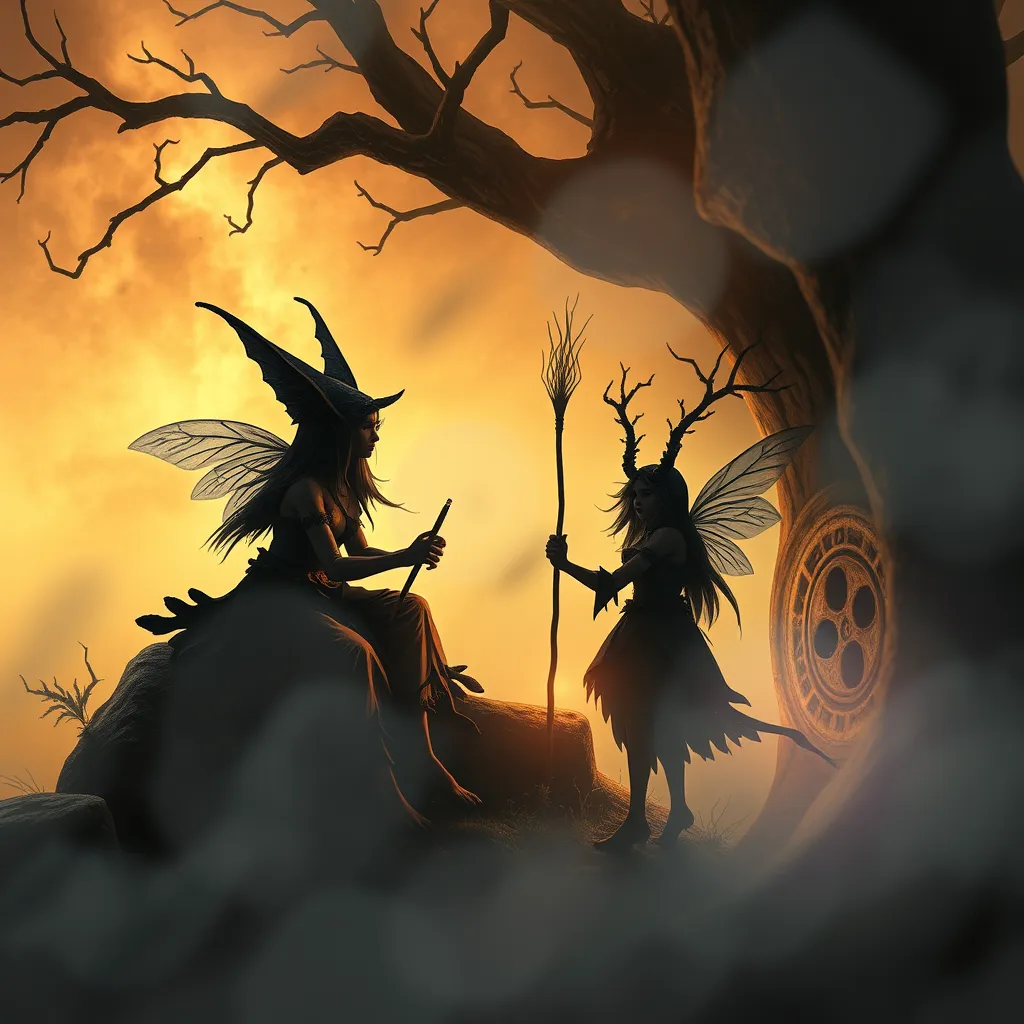The Dybbuk in Slavic Art: Visual Representations of the Supernatural Entity
I. Introduction
The Dybbuk, a malevolent spirit from Jewish folklore, is often depicted as the restless soul of a dead person who possesses the living. It has deep cultural significance, representing unresolved issues, trauma, and the struggle between life and death. In Slavic art, the Dybbuk transcends its origins, intertwining with the rich tapestry of Slavic folklore and spiritual beliefs.
Slavic art has a long history of incorporating elements of folklore, reflecting the beliefs, fears, and desires of the people. The Dybbuk serves as a fascinating subject, highlighting the intersection between the supernatural and the human experience. This article aims to explore the visual representations of the Dybbuk in Slavic art, examining how this entity has been portrayed through various artistic lenses.
II. Historical Context of the Dybbuk
The origins of the Dybbuk can be traced back to Jewish mysticism, particularly within Kabbalistic teachings. In these traditions, a Dybbuk is viewed as a soul that cannot find rest, often due to unresolved sins or traumatic experiences from life. Over time, the concept of the Dybbuk evolved, particularly as it intersected with Slavic cultures and beliefs.
Historical events, such as migrations and cultural exchanges, significantly influenced the portrayal of the Dybbuk. As Jewish communities settled in Eastern Europe, the Dybbuk became a symbol of both fear and fascination, reflecting the struggles of identity and belonging in a rapidly changing world.
III. Iconography of the Dybbuk in Slavic Art
In Slavic art, the Dybbuk is often depicted through a variety of visual traits and symbols:
- Dark, shadowy figures: The Dybbuk is frequently represented as a dark, indistinct form, emphasizing its ghostly nature.
- Eyes and mouths: In some artworks, the eyes and mouths of the Dybbuk are exaggerated, symbolizing its ability to communicate and its insatiable desire for expression.
- Cultural symbols: Objects significant in Jewish culture, such as prayer shawls or the Star of David, may appear in the background, creating a stark contrast between life and death.
When compared to other supernatural entities in Slavic folklore, such as Rusalka (water nymphs) or Domovoi (house spirits), the Dybbuk is distinguished by its malevolent intent and its connection to themes of possession and loss. Thematic elements present in Dybbuk representations often reflect the struggles of the individual against societal and supernatural forces.
IV. Notable Artists and Their Works
Several prominent Slavic artists have depicted the Dybbuk in their works, each bringing a unique perspective to this supernatural entity:
- Marc Chagall: A Jewish artist born in Belarus, Chagall’s works often incorporate elements of Jewish folklore. His painting “The Dybbuk” captures the essence of the spirit through vibrant colors and surreal imagery.
- Isaac Bashevis Singer: While primarily a writer, Singer’s stories often inspired visual interpretations of the Dybbuk, leading to adaptations in various media.
- Yuri Kuper: A contemporary artist known for his exploration of Jewish themes in art, Kuper’s works frequently symbolize the intersection of history and myth, including representations of the Dybbuk.
These artists have significantly impacted the perception of the Dybbuk in modern culture, encouraging a deeper exploration of its themes and symbolism.
V. The Dybbuk in Contemporary Slavic Art
In contemporary art, the Dybbuk continues to inspire new interpretations and adaptations:
- Modern interpretations: Artists are reimagining the Dybbuk not only as a spirit of possession but as a metaphor for contemporary issues such as mental health, migration, and cultural identity.
- Thematic narratives: The Dybbuk is increasingly featured in narratives that explore trauma, loss, and the search for belonging in a fragmented world.
- Exhibitions: Recent exhibitions, such as Ghosts of the Past and Beyond the Veil, have showcased works that delve into the themes surrounding the Dybbuk, highlighting its relevance in modern discourse.
VI. The Dybbuk and Its Symbolism
The symbolism of the Dybbuk extends beyond its supernatural characteristics:
- Psychological interpretations: The Dybbuk can be viewed as a manifestation of psychological struggles, embodying the internal conflicts faced by individuals.
- Metaphor for trauma and loss: The Dybbuk is often seen as a representation of unresolved trauma, echoing the experiences of communities affected by war, displacement, and loss.
- Cultural reflections: The Dybbuk serves as a lens through which cultural identity and the complexities of the human experience are explored, reflecting the intertwined nature of folklore and personal narratives.
VII. Cross-Cultural Comparisons
When comparing the Dybbuk to representations in other cultures, several similarities and differences emerge:
- Similarities: Many cultures have spirits or entities that represent unresolved feelings or traumas, such as the Japanese Yurei or the Mexican La Llorona.
- Differences: While the Dybbuk often embodies the struggle for redemption, other cultural spirits may focus more on revenge or sorrow.
- Global influence: Slavic art has contributed to global perceptions of the Dybbuk, fostering a broader understanding of its significance in various cultural contexts.
The migration and diaspora of Jewish communities have also influenced the imagery associated with the Dybbuk, shaping its representation in different cultural landscapes.
VIII. Conclusion
The Dybbuk holds a significant place in Slavic art, serving as a powerful symbol of the human experience and the supernatural. Its visual representations reveal deep cultural reflections on trauma, identity, and the struggle between life and death. As contemporary artists continue to explore the Dybbuk, its relevance in discussions of folklore and art remains strong.
The ongoing fascination with the Dybbuk invites further exploration of supernatural themes in visual culture, encouraging a dialogue about the complexities of the human condition and the narratives that shape our understanding of life and death.



